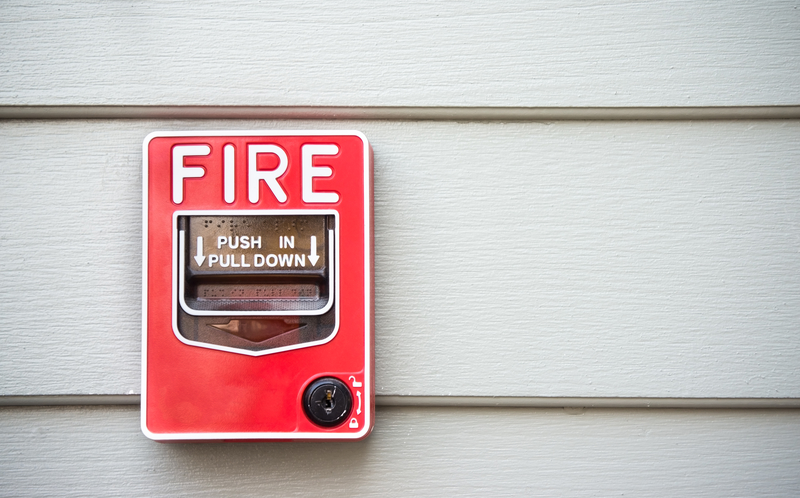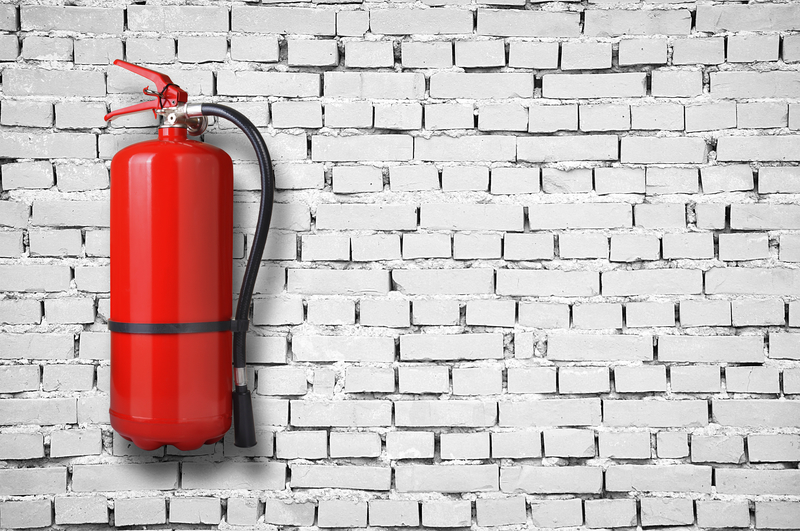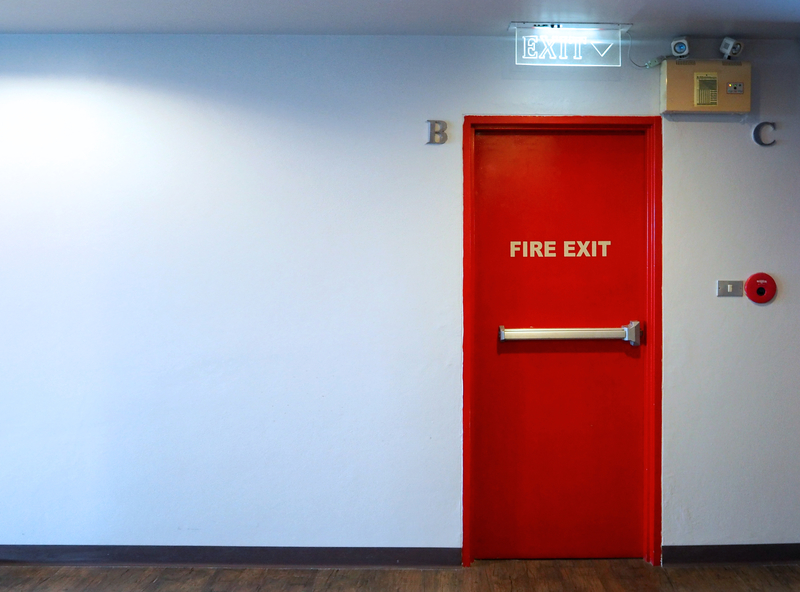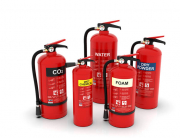According to the Occupational Safety and Health Administration (OSHA), workplace explosions and fires have the highest casualty rate compared to other possible workplace accidents. These explosions and fires are usually caused by faulty electric wirings and improper storage of combustible materials. These can cause burns, deformity and can greatly affect one’s respiratory system after smoke inhalation.
Knowing the usual causes of workplace fire can help the employers and employees to prevent it from happening.
Listed below are the common causes of fire in the workplace:
- Neglect or poor maintenance of electric wirings that result in short circuits
- Improper waste storage and disposal can be a fuel for fires. They can also block possible exits.
- Cooking appliances or any heating appliances can be a source of fire when placed near combustible materials or furniture.
- Smoking employees who discard cigarette or matches carelessly
Any workplace will be safe from this kind of incident by having the proper fire drill and training, being knowledgeable regarding fire alarm regulations, and having regular maintenance and repair schedule of its building and equipment.
Fire Safety Equipment, Drills, and Training
It is the responsibility of the employer to conduct fire training to their employees. Drills and training will give employees information on emergency procedures and the opportunity to practice them in a simulated environment. On the other hand, employers can determine the level of understanding about the emergency duties of each employee.
Both employer and employees will be updated about current fire protocols through these training.
Enabling the alarm after detecting fire is one crucial and important step which signals everyone to carry out the emergency procedure. During drills and training, a method for raising the alarm should be planned. Clear and concise instructions on fire alarms — as well as on how to respond to the alarm — should be provided to the employees.
Fire alarms should be heard all throughout the workplace to give enough warning to each person inside. It is important to test and maintain these alarms regularly. Ideally, these tests should be done weekly.
Every workplace should have a fire extinguisher. It should always be fully charged and ready to use in case of fire. There are different kinds of fire extinguishers: water, powder, foam, CO2, and wet chemical. These extinguishers should be strategically placed where they are most likely to be used, and for easy access. Everyone in the workplace should be trained on how to use these during fire drills and training.
Fire drills and training should also include informative evacuation plans. People inside the workplace should be able to locate the fire exits and must have a place to gather when everyone has safely escaped the building.
How often you conduct fire safety training and drills will depend on the local fire code or the workplace requirement. If the workplace has a lot of fire hazards, training and drills should be conducted at least quarterly or every 3 months. Most workplaces conduct their fire safety drills at least twice a year.
By the end of each drill and training, everyone in the workplace should be able to understand the emergency procedures, the fire alarm regulations, and the equipment used in putting out the fire. Fire safety in the workplace will save not only the business but also the lives of employees and clients.








